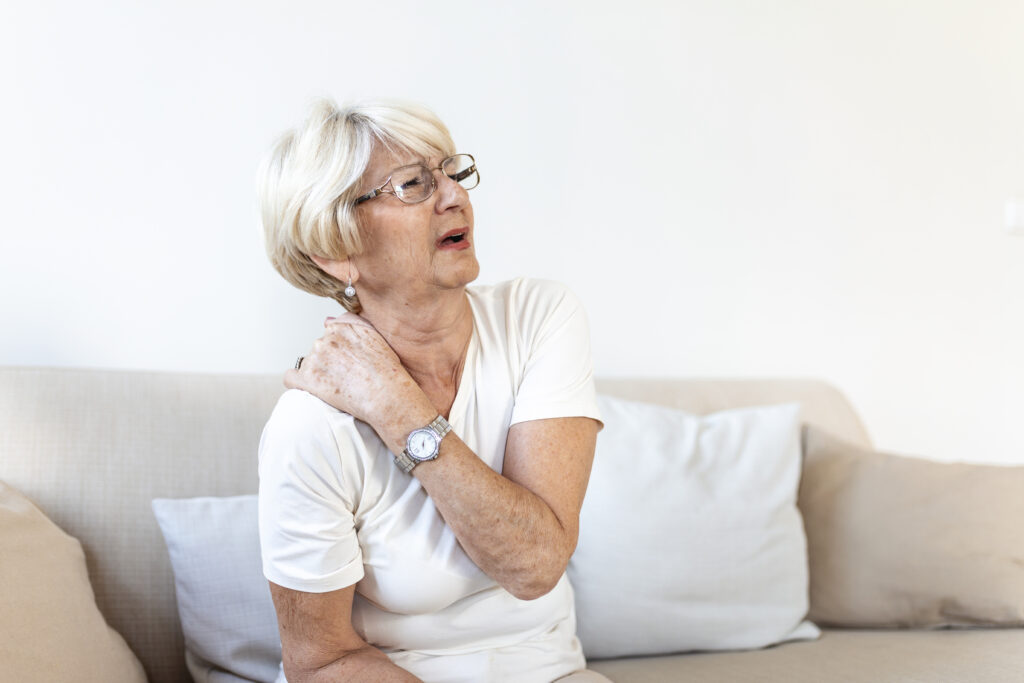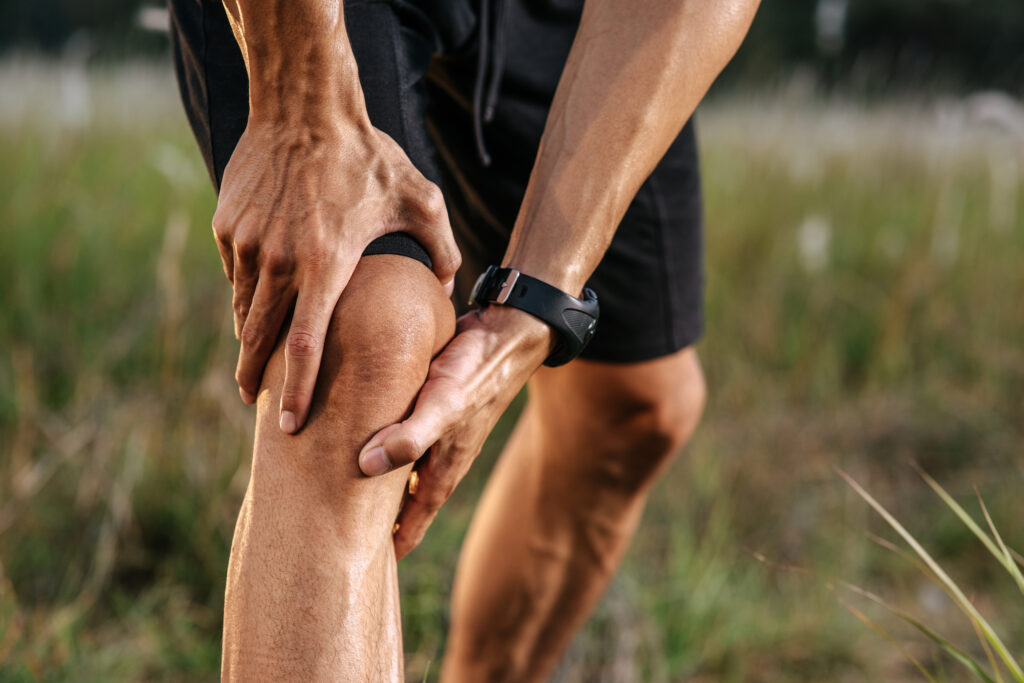As you consider ways to enhance mobility and flexibility for seniors, it's crucial to focus on practical methods that truly make a difference. Gentle exercise routines can build strength without strain, while mindful stretching techniques promote both relaxation and improved range of motion. Additionally, incorporating assistive devices can provide the necessary support for greater independence. Understanding how these strategies work together can lead to significant improvements in daily life. Curious about the specific approaches that can yield the best results?
Gentle Exercise Routines
Gentle exercise routines are essential for enhancing mobility and flexibility in seniors. These routines focus on low-impact movements that keep your body active without putting too much strain on your joints. By incorporating gentle exercises into your daily life, you'll not only improve your physical capabilities but also boost your overall well-being.
Start with simple activities like walking or swimming. A short, brisk walk in your neighborhood can help you build endurance and strengthen your legs. If you prefer water activities, swimming or water aerobics provide resistance while minimizing stress on your joints. Aim for at least 30 minutes of these exercises a few times a week.
In addition to walking and swimming, consider incorporating activities like tai chi or yoga. Both practices emphasize slow, controlled movements that enhance balance and flexibility. Tai chi, in particular, encourages mindfulness and relaxation while improving strength and coordination. You can find classes specifically designed for seniors, or you can follow online videos at home.
Don't forget about strength training! Light resistance exercises, such as using resistance bands or light weights, can help maintain muscle mass and improve functional strength. Focus on major muscle groups, but be sure to listen to your body and avoid overdoing it.
Mindful Stretching Techniques
Incorporating mindful stretching techniques into your routine can further enhance the benefits of gentle exercise. Mindful stretching isn't just about the physical aspect; it's about connecting your body and mind. Start by finding a quiet space where you can focus without distractions. As you begin each stretch, take a deep breath, inhaling through your nose and exhaling through your mouth. This simple practice helps ground you and prepares your body for movement.
When you stretch, pay attention to how your muscles feel. Move slowly into each stretch, allowing your body to guide you. If you feel discomfort, ease back; mindfulness is all about listening to your body's signals. Hold each stretch for at least 15 to 30 seconds, and during this time, visualize the tension melting away.
Incorporate various stretches that target different muscle groups. For instance, gentle neck rolls can relieve tension, while seated forward bends stretch your back and hamstrings. Remember to maintain good posture; keeping your spine aligned helps prevent injury and promotes balance.
As you practice mindful stretching, you'll find that it not only enhances flexibility but also reduces stress and anxiety. Try to make this a daily habit, even if it's just for a few minutes.
Over time, you'll notice improvements in your mobility, and that connection between your mind and body will become stronger, making your overall exercise routine more effective and enjoyable.
Incorporating Assistive Devices
While many seniors may feel hesitant to use assistive devices, these tools can greatly enhance mobility and independence. Using devices like canes, walkers, or scooters can provide the support you need to move around confidently. They help you maintain balance, reduce the risk of falls, and allow you to engage in daily activities without fear.
Choosing the right assistive device is essential. Start by evaluating your specific needs. A cane might be sufficient for slight balance issues, while a walker offers more stability for those with greater mobility challenges. If you find walking long distances difficult, a scooter can help you get from point A to point B with ease.
When selecting a device, consider factors like weight, portability, and ease of use.
Don't forget about adaptive equipment for your home, too. Grab bars in the bathroom, non-slip mats, and raised toilet seats can make a world of difference in your daily routine. These enhancements can create a safer environment, allowing you to move with more freedom.
It's also important to consult with a healthcare professional. They can provide insights tailored to your specific situation and help you choose the best devices for your needs.
Conclusion
Improving your mobility and flexibility doesn't have to be overwhelming. By incorporating gentle exercise routines, practicing mindful stretching, and utilizing assistive devices, you can enhance your independence and confidence. Remember, every small step counts towards a more active lifestyle. So, take a moment to explore these options and see what works best for you. With a little consistency, you'll notice a positive difference in how you feel and move each day.



